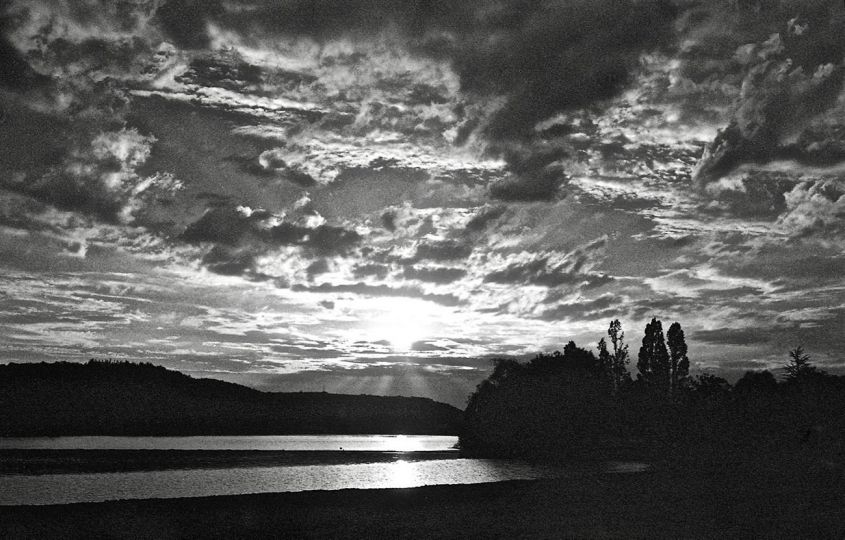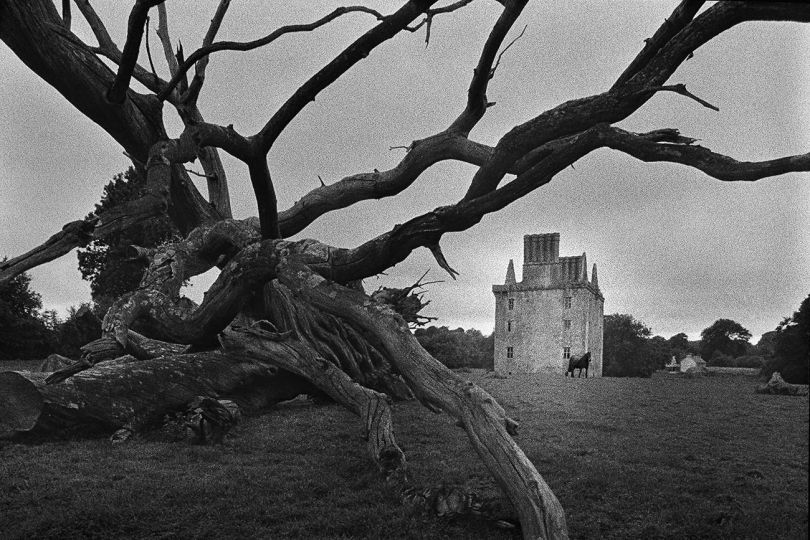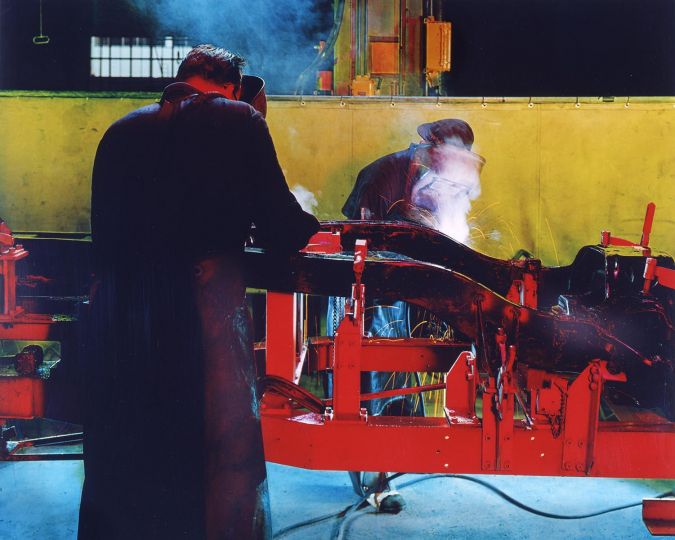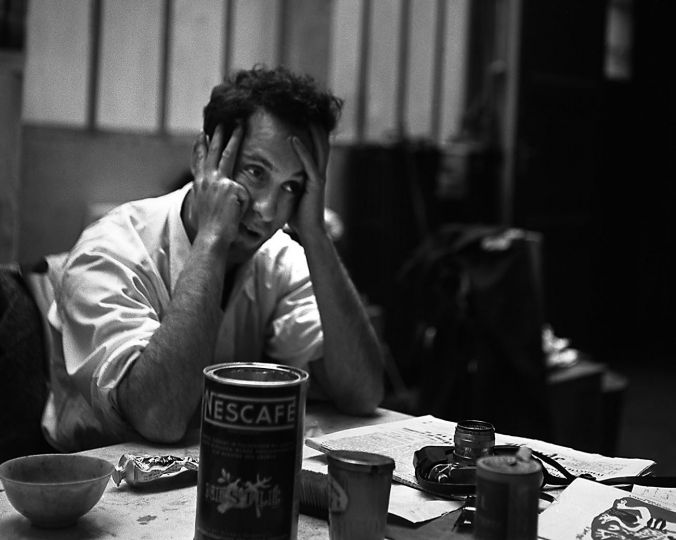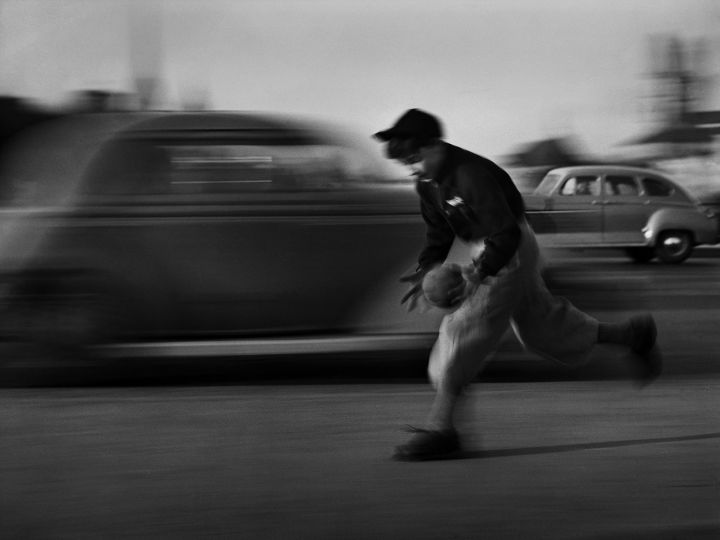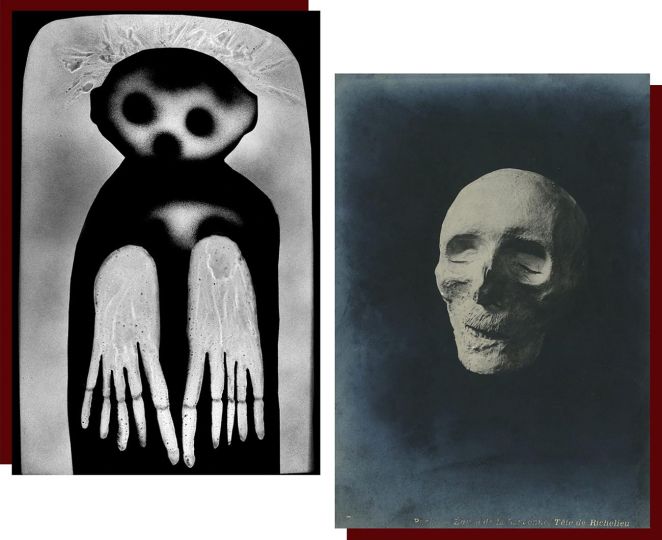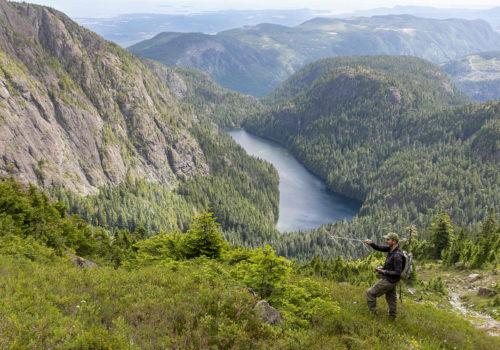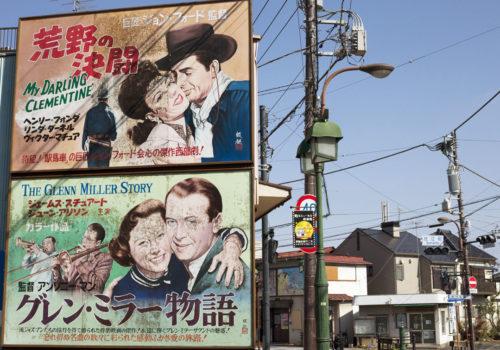Clément Verger
After studying visual communication at ENSAAMA Olivier de Serres, Clément Verger benefited from the Leonardo da Vinci International Fellowship. In 2011, he obtained a Master in Photographic Studies from the University of Westminster in London. Since 2013, he regularly works on the creation of workshops with the Fabrique du Regard, educational platform of the BAL.
He was laureate of the Cité Internationale des Arts in Paris during the 2017/2018 session. His work questions the apparent naturalness of landscapes that surround us in the time of the Anthropocene, mixing artistic production and scientific protocol in a process based on research.
In his project Endeavor started in Portugal in 2016 during the residency from The Independent AIR and with the support of the Kew Botanic Gardens, Clément Verger uses the example of the introduction of eucalyptus in Europe to confront the wide phenomenon of transport and implantation of species in the world. His project becomes a tool for analyzing the complex ramifications of the influence of man on his environment. For its geographical position and the importance of its maritime history, Spain has been the gateway for the introduction of eucalyptus and many other species in Europe. In residence at the Casa de Velázquez, he can research in the field and thus complement the work already initiated in Portugal, to cover the Iberian Peninsula as a whole.
Endeavor – The case of Eucalyptus
Clément Verger is a French artist whose work questions the apparent naturalness of the landscapes that surround us, mixing artistic production and scientific protocol in a research-based approach. In his Endeavor project started in Portugal in 2016 Verger uses the example of the introduction of Eucalyptus in Europe to confront the broad phenomenon of transportation and implantation of species around the world. His project becomes a tool for analyzing the complex ramifications of human influence over its surroundings.
In 1768 James Cook took control of the sailing ship Endeavor, a research boat chartered by the Royal Navy for a trip that will last three years. The boat’s primary mission was to observe the passage of Venus in front of the sun, to help solve the problem of calculating longitude. However after this mission was carried out, Cook executed the secret order of a second mission: to explore the southern seas with the aim of discovering an unknown continent, Australia.
This second part of the expedition captured the interest of Joseph Banks; Banks was a botanist and naturalist, son of a great landowner from Lincolnshire. Banks, at the age of 25, invested the equivalent of one million pounds in order to equip the expedition which will lead him to the collection of the first specimens of Eucalyptus.
The first recorded introduction of Eucalyptus in Europe occurred between 1860 and 1863 in Pontevedra, where a monk named Rosendo Salvado sent seeds from Australia to his family in Spain. In Portugal, during the 19th century, almost no native forest had survived, and 1886 some 35000 Eucalyptus were planted in the region of Coimbra with the ambition to control a devastating erosion. He was also assumed that eucalyptus plantations in the marshy areas of the countries would drain stagnant water and thereby reduce the spread of malaria.
Today Eucalyptus Globulus is the most abundant tree in Portugal and covers almost 7% of the territory. The implantation of Eucalyptus was gradually extended to Spain where the pulp industry was strongly developed. These huge monoculture plantations paralyze the biodiversity, deplete water supplies and increase the risk of forest wildfires.
The Iberian Peninsula is a mirror of the importance of eucalyptus on the International scale. It is already clear that eucalyptus will be the first choice of forests of the 21st century. The united nations organization for food and agriculture states that there was a total of 600,000 hectares of eucalyptus planted in the world in 1955, and more than 4 million in 1980. Since that time, plantations have increased by more than 180 000 hectares per year, according to an estimate from the same FAO.
Stéphanie Lacombe – 2006 Laureate of the Bourse Photographe de la Jean-Luc Lagardère Foundation
Stéphanie Lacombe was born in 1976 in Figeac, in the Lot. She graduated from the National School of Decorative Arts (ENSAD). Her works are exhibited in France, Argentina, Finland and Hong Kong, and published by many magazines and newspapers, including the magazine XXI, the newspaper Le Monde and The Obs. Her experience as a woman photographer is transmitted in different workshops conducted with public and private institutions: the Cartier Foundation, the Ateliers du Carrousel, the Diaphane photographic pole, in Picardie. In addition to the Niepce Award (2009) she is a laureate of the Foundation Lagardère (2006), she has received the Grand Prize for documentary photography of Sarcelles (2008). In 2001, Sebastião Salgado gave her the jury Agfa special prize.
The shoulder of the hill “In the XVII century, Nicolas Poussin (the foreigner in Rome) felt that to think, to work, one had to: “wander fuori le mura”, wander outside the walls. Is New York the same city after a movie like Manhattan by Woody Allen, Berlin after the “Wings of Desire” of Wim Wenders, Rome after Pasolini’s Mamma Roma? A camera transforms places. It draws unusual, new maps, in the form of a story, or a visual emotion. Then cinema becomes a means of transport.
Wandering has a real critical and beneficial load, it gives back to man the time to look at, to re-appropriate his thought. From Rome, I borrowed buses, trains, I joined suburban neighborhoods sometime slums, I passed the Borgate and then pushed further into the surrounding nature, left the roads to take paths, without any other purpose than cultivating emptiness, of being absorbed into a landscape, of stopping being be me.
My problem is not to invent, let alone re-invent the space, but to read it, ie to question it in my own way, to transcend the real to give my vision of it. My work on nature is not part of a modern or ideological process, but rather the playground of my unconscious. Taking a path that leads nowhere is a way for me of communicating with the world. It is a physical and mental journey where the body fits the place, in the manner of Cezanne who strove, I quote “to unite the curves of women with the shoulders of the hills. In my walk, I turned my back on historical monuments that do not express the being of societies but can stifle it. In my photographs, things are there, have always been there, buried somewhere, in a great banality. The appearances are slow, discrete, not very spectacular, such as the emergence of Terence Stamp in the film “Theorem” by Pasolini who arrives noiselessly, like a fog.







